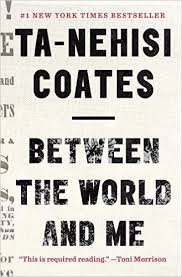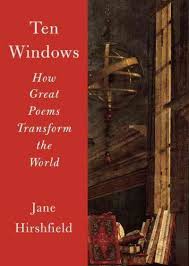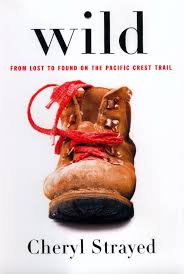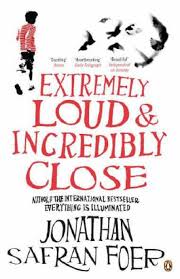 Ta-Nehisi Coates
Ta-Nehisi Coates
Spiegel & Grau
|
That was the week you learned that the killers of Michael Brown would go free. The men who had left his body in the street like some awesome declaration of their inviolable power would never be punished. It was not my expectation that anyone would ever be punished. But you were young and still believed. You stayed up until 11 p.m. that night, waiting for the announcement of an indictment, and when instead it was announced that there was none you said, “I’ve got to go,” and you went into your room, and I heard you crying. from Between the World and Me |


 Jane Hirschfield
Jane Hirschfield Ellen Urbani
Ellen Urbani Erik Larson
Erik Larson Graeme Simsion
Graeme Simsion
 Cheryl Strayed
Cheryl Strayed Tana French
Tana French Jonathan Safran Foer
Jonathan Safran Foer Steven Pinker
Steven Pinker
